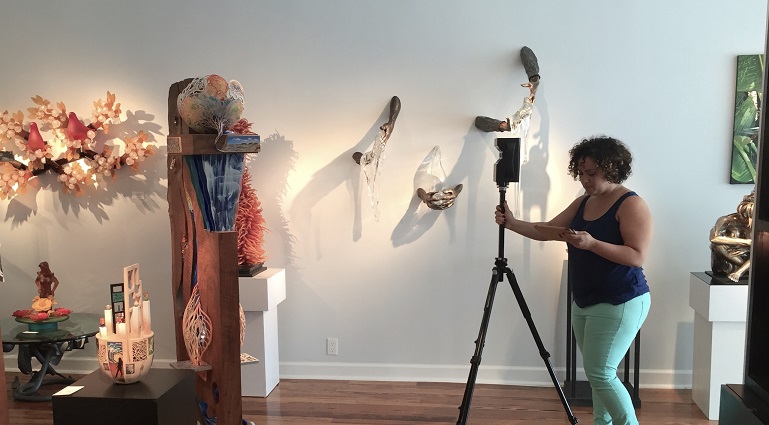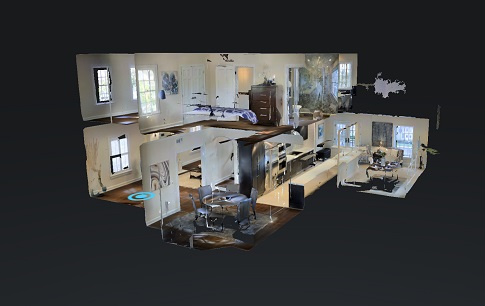Who isn’t intrigued by the storytelling capabilities of Virtual Reality (VR) and Augmented Reality (AR)? My friend and colleague Danilda Martinez shares some of her experiences exploring this new frontier of media-making. Check out her post!
VR and The Quest to Free Local Space from its Boundaries
By Danilda Martinez, guest blogger

My partners and I founded Immersive Spaces earlier this year with the goal of bringing a seamless VR offering to our local community and businesses. West Palm Beach, Florida has both a warm local vibe and a swank international appeal all at once. We knew that whatever we brought to market here had to feel world-class, not clunky, and accessible. Immersive Spaces started mainly with real estate tours, and we’ve organically evolved into other spaces like galleries, and entertainment.
VR Challenges
The challenge was that producing 360-video through a traditional production approach is time-consuming and expensive. Not many local businesses have this kind of budget for marketing and content creation, especially for something as new as new virtual reality. So we had to find acquisition and editing technology that would work for our budget. We also had to consider lighting, and tried to take advantage of the best possible ambient lighting since moving lighting fixtures in and out of shots can affect the ability to “stitch” them together efficiently in post.
Exploring VR Tools
With that in mind, we approached the whole process from the end-user and client’s perspectives, which lead us to focus on acquiring technology that would produce fluid intuitive feeling tours for the end-user, and speedy turnaround for our clients. After researching options for gear and services we chose to work with Matterport, a turn-key solution which has proven to be the most effective solution for our start-up, offering affordability and quick turnarounds for us and our clients. Rather than shoot everything with a traditional 3D set up, using production cameras or Go-Pro rigs, and Cinema 4D or Kolor for stitching, we purchased Matterport’s camera and use their cloud service to stitch and manage the 3D scans. The “Dollhouse” is a feature our clients and their audiences love, and it is essentially a 3D birdseye view of the space that can be interacted with so you select where to go next in the space.

the “Dollhouse” view
While we wouldn’t use Matterport for producing traditional 360 video narratives because of its limited options for shooting flexibility and post-production, for now we can get VR projects going while we take our time exploring other in-house options. At the heart of it all, we’re just having fun with new VR technology while connecting our community to the world both virtually and literally. We have an exciting year ahead of us as we constantly look to push the limits of how our local community uses VR in telling its stories through exploring space.
Danilda Martinez is the Chief Space Agent for Immersive Spaces in West Palm Beach, FL Her work can be found at www.ImmersiveSpaces.com and at facebook.com/immersivespaces.




